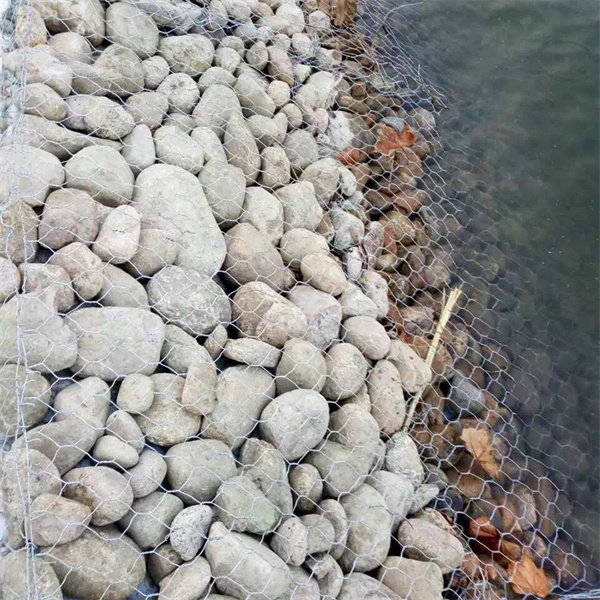నవం . 25, 2024 01:54 Back to list
gabion wall maximum height
Gabion Wall Maximum Height An Essential Guide
Gabion walls have become increasingly popular in civil engineering and landscaping applications due to their versatility, durability, and aesthetic appeal. Composed of wire mesh cages filled with stones, gravel, or other materials, these structures serve a variety of purposes, including erosion control, retaining walls, and noise barriers. However, one crucial consideration when constructing gabion walls is determining their maximum height.
Understanding Gabion Walls
Before discussing their maximum height, it’s essential to understand the design and function of gabion walls. Typically, these walls are used to stabilize soil and manage water flow in various environments. The natural materials used in gabion walls allow them to blend seamlessly into the landscape while providing structural strength.
The design can vary depending on the intended purpose, geographic location, soil characteristics, and the types of materials used in the wall. Regular maintenance and periodic inspections are also vital to ensure the long-term performance of gabion walls.
Factors Influencing Maximum Height
1. Soil Type Different soil types can support different heights of gabion walls. Cohesive soils, like clay, generally provide better support compared to loose sands or silts. When building a gabion wall, it’s crucial to conduct a geotechnical analysis to determine the soil's bearing capacity.
2. Water Drainage Adequate drainage is critical in preventing water pressure from building up behind the wall, which can lead to structural failure. Proper drainage techniques, such as weep holes or backfilling with drainage materials, must be implemented to maintain stability.
3. Wall Design The design and configuration of the gabion wall greatly dictate its maximum height. Double or triple-layer configurations can enhance stability and allow for taller structures. The use of larger rocks in the lower sections can also improve weight distribution and prevent sliding or toppling.
gabion wall maximum height

4. Mesh Material The type of wire used in the gabion cages affects the overall strength of the wall. Galvanized steel or PVC-coated wire offers enhanced durability, which may allow for greater wall heights. It is important to choose materials that can withstand the environmental conditions they will face.
5. Environmental Factors Natural elements such as wind, temperature fluctuations, and seismic activity must be considered when designing tall gabion walls. Areas prone to heavy winds or earthquakes potentially have stricter height limitations to ensure structural integrity.
Typical Maximum Heights
While specific regulations can vary based on local building codes and environmental conditions, most gabion walls typically have a maximum height ranging from 1 to 3 meters (approximately 3 to 10 feet). In certain cases, walls designed with enhanced structural features can achieve heights of up to 5 meters (about 16 feet).
It is recommended to engage with a qualified engineer when planning a gabion wall, especially if planning to exceed standard heights. Expert guidance ensures that all factors are considered, and the design complies with local codes and safety standards.
Conclusion
Gabion walls represent a sustainable and visually appealing option for various engineering and landscaping projects. Understanding the maximum height limitations and the factors that influence these limits is essential for ensuring the stability and longevity of these structures. Proper planning, material selection, and adherence to professional advice will help in constructing effective and safe gabion walls that meet specific project needs while contributing to environmental conservation and aesthetic value.
Whether for controlling erosion, creating noise barriers, or managing water flow, gabion walls remain a popular choice, offering a blend of functionality and beauty in today’s landscape architecture. By adhering to best practices and guidelines, engineers and designers can maximize the benefits of gabion structures while safeguarding their integrity against the elements.
-
HESCO Gabion Baskets for Coastal Erosion Prevention
NewsAug.22,2025
-
Longevity and Durability of River Rock Gabion Walls
NewsAug.22,2025
-
How to Integrate Gabion 3D Walls in Urban Planning
NewsAug.22,2025
-
Reno Mattress Gabion Applications in Civil Engineering
NewsAug.22,2025
-
How to Install Wire Mesh for Gabion Baskets Properly
NewsAug.22,2025
-
Best Materials for Filling a Chain Link Gabion
NewsAug.22,2025
-
Wire Mesh Thickness Impact on Gabion Wall Load Bearing
NewsAug.12,2025






